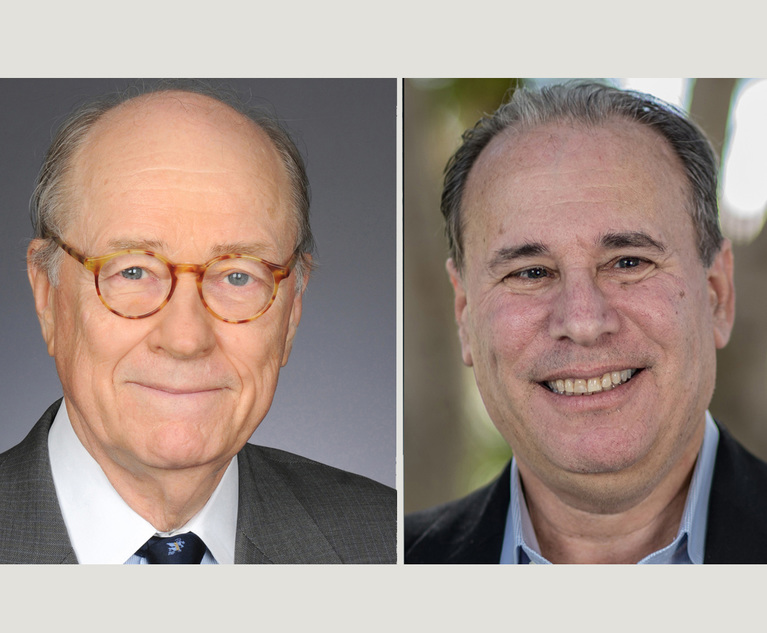The conventional wisdom in mediator training is that the mediator should play a passive role, like a potted plant, and let the parties and their counsel work out a settlement themselves under the mediator’s benign, smiling presence. Some mediation trainers invoke “mindfulness” techniques and Zen Buddhist philosophy as guideposts for the mediation process. This approach may work in certain pockets of the country like Marin County, Calif., but in commercial cases arising in New York, particularly those in Manhattan, it has no application at all.
A passive, Kumbaya-infused approach to mediation in the hard-bitten world of New York litigation will simply lead to organized chaos. In this article I will outline the active steps that a mediator should take to assure a successful resolution of a commercial dispute.
1. Preparation
This content has been archived. It is available through our partners, LexisNexis® and Bloomberg Law.
To view this content, please continue to their sites.
Not a Lexis Subscriber?
Subscribe Now
Not a Bloomberg Law Subscriber?
Subscribe Now
LexisNexis® and Bloomberg Law are third party online distributors of the broad collection of current and archived versions of ALM's legal news publications. LexisNexis® and Bloomberg Law customers are able to access and use ALM's content, including content from the National Law Journal, The American Lawyer, Legaltech News, The New York Law Journal, and Corporate Counsel, as well as other sources of legal information.
For questions call 1-877-256-2472 or contact us at [email protected]


 Photo: Gajus/Adobe Stock
Photo: Gajus/Adobe Stock




